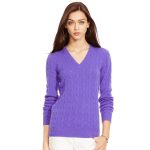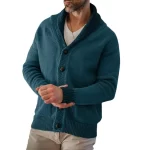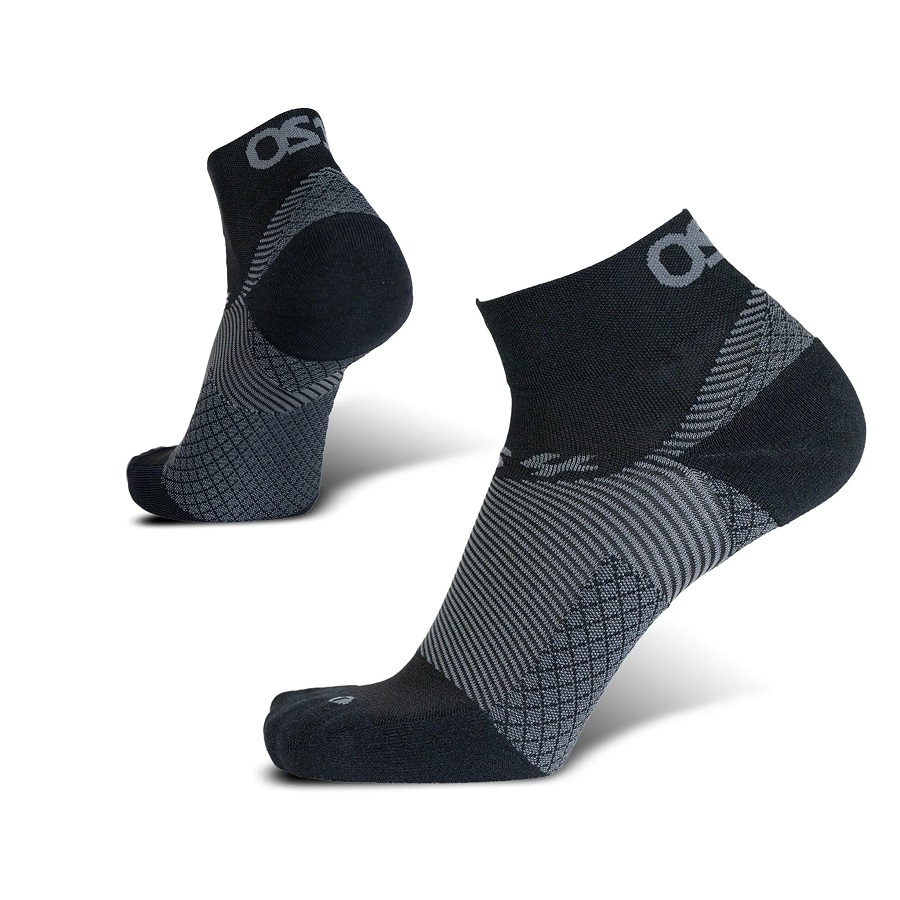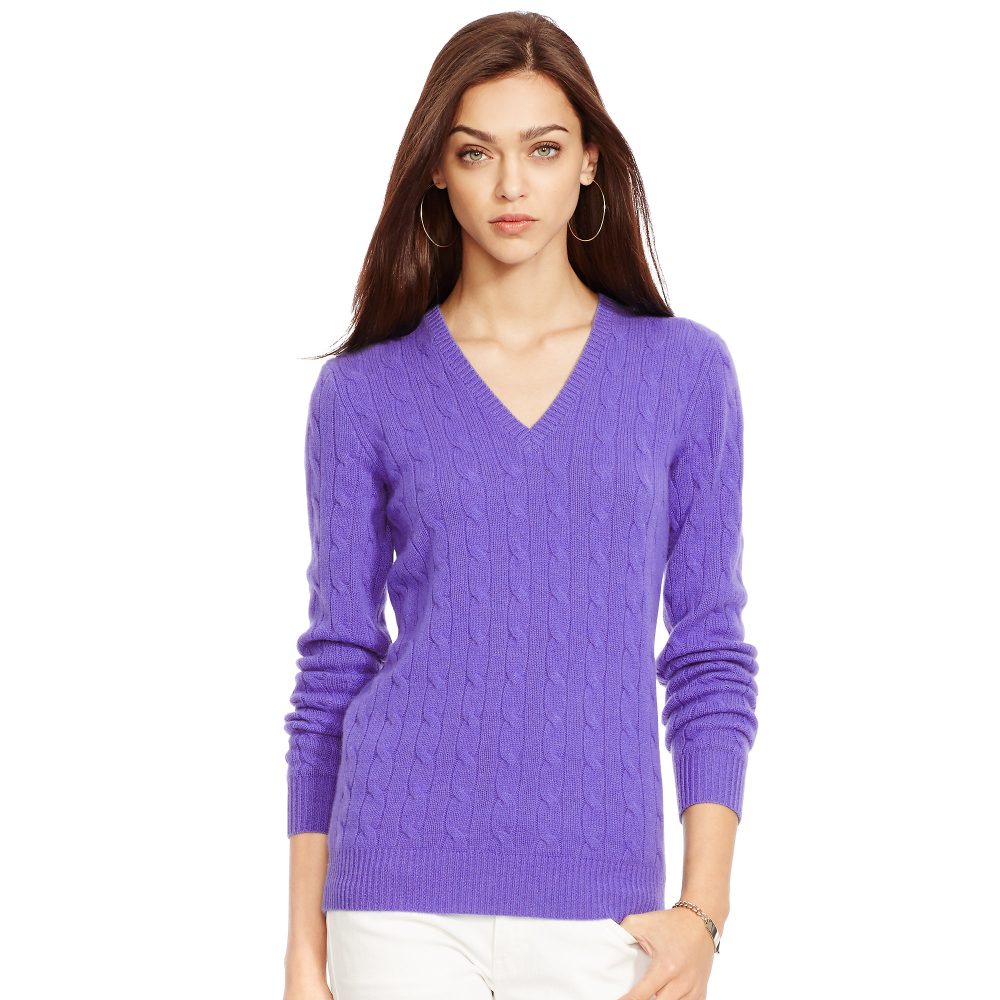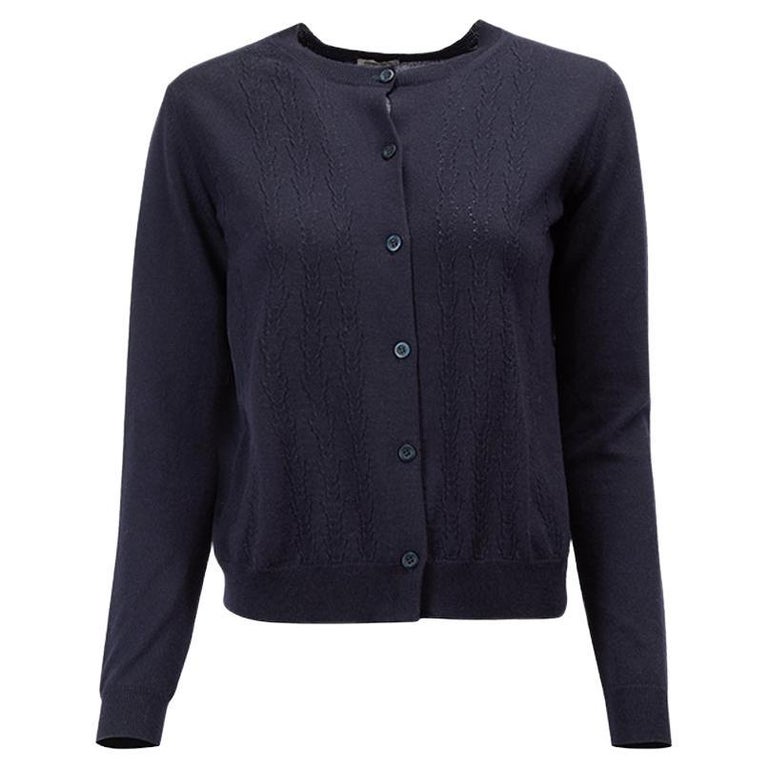Introduction to Compression Socks
Compression socks are a specialized hosiery designed to improve blood flow and reduce discomfort. These socks apply gentle pressure to your legs and ankles, promoting circulation from the feet up through the rest of the body. Often, people use compression socks before and after various activities to harness their benefits.
Wearing these socks can be a game-changer for those who spend long hours on their feet, athletes, and individuals with circulation issues. They are also helpful for those who travel frequently, reducing the risk of blood clots in legs due to prolonged sitting.
In essence, compression socks serve as a support system for your veins and muscles. They can make noticeable impacts both ‘before’ and ‘after,’ helping prepare your legs for strenuous tasks and then aiding in recovery post-exertion. This blog post explores how compression socks work, their myriad benefits, when to wear them, and how to choose the right pair for your needs. Expect real user experiences to guide you through the effectiveness of compression sock before and after regular use.
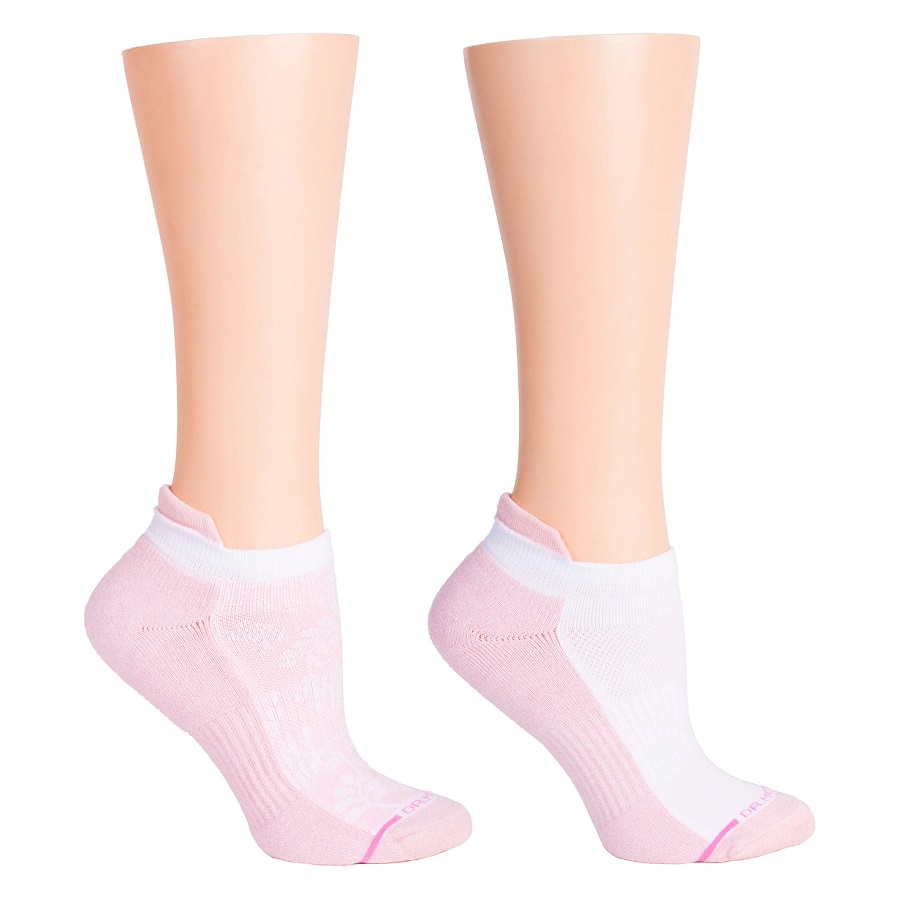
How Compression Socks Work
Compression socks improve circulation by applying graded pressure to the lower extremities. This graduated compression means that the socks are tighter at the ankle and gradually decrease in tightness towards the knee. By doing so, they assist the blood vessels in their function of returning blood to the heart. This is particularly useful when a person’s mobility is reduced, such as during flights or long periods of sitting.
Their design targets the superficial veins, which lie just below the skin’s surface, and the deep veins, located in the muscles. The pressure exerted by the socks squeezes these veins, reducing their diameter and increasing blood flow velocity. This helps to overcome the effects of gravity on blood circulation in the legs, a common challenge when standing or sitting still for extended periods.
The Science Behind the Pressure
At the heart of compression socks’ effectiveness lies the concept of venous return. Venous return refers to the process of blood flowing back to the heart. As the calf muscles contract, they act like a pump, pushing blood against gravity back toward the heart. Compression sock enhance this muscular pump action, ensuring efficient blood return and helping to prevent pooling of blood in the feet and ankles.
Moreover, adequate compression aids in the delivery of oxygen and nutrients to the tissues of the legs. It also assists in the removal of waste products like lactic acid, which can build up after exercise. This not only helps with immediate recovery but may also contribute to reducing the sensation of tired, achy legs. By continuously promoting healthy blood flow, these socks aid in overall leg health and comfort.
Compression socks before and after consistent use can actively support vascular health and improve one’s quality of life, especially for those who are at higher risk of circulation-related issues or those who maintain active lifestyles.
The Benefits of Wearing Compression Socks
The use of compression socks brings many advantages. With regular wear, users may experience significant benefits both before and after activities. Let’s delve into these benefits that have been making compression socks increasingly popular.
Improving Circulation
Wearing compression socks helps boost blood flow. The gentle pressure they apply promotes better circulation. This results in more oxygen and nutrients reaching your leg muscles. Consistent use can make a difference in how your legs feel throughout the day.
Reducing Swelling and Preventing Varicose Veins
Swelling often comes from poor circulation or standing long periods. Compression socks can help reduce swelling by preventing fluid buildup. They also support vein function. This keeps varicose veins at bay, which is a common issue for many.
Support During Exercise and Recovery
For athletes or those who work out, compression socks can be a vital part of the routine. They offer extra support during exercise. They also speed up recovery after. By wearing compression sock, muscle soreness and fatigue may decrease, leading to better performance and endurance.
When to Wear Compression Socks
Deciding when to wear compression socks can enhance their benefits. Use them at times when you anticipate long periods of sitting or standing. They are also crucial before and after workouts or during travel to prevent discomfort and swelling.
Best Practices Before Activities
To maximize benefits, put on compression socks before starting your day or any activity. This prepares your veins and muscles for the task ahead. Especially during sports, the socks add support and may boost performance. Ensure they fit well and provide even pressure without pinching.
The Role of Compression Socks After Activities
After activities, compression sock help in recovery. They reduce soreness and swelling by promoting blood flow. Additionally, they can minimize fatigue, allowing you to recover faster. Wear them immediately after an activity for a couple of hours to get the full effect.
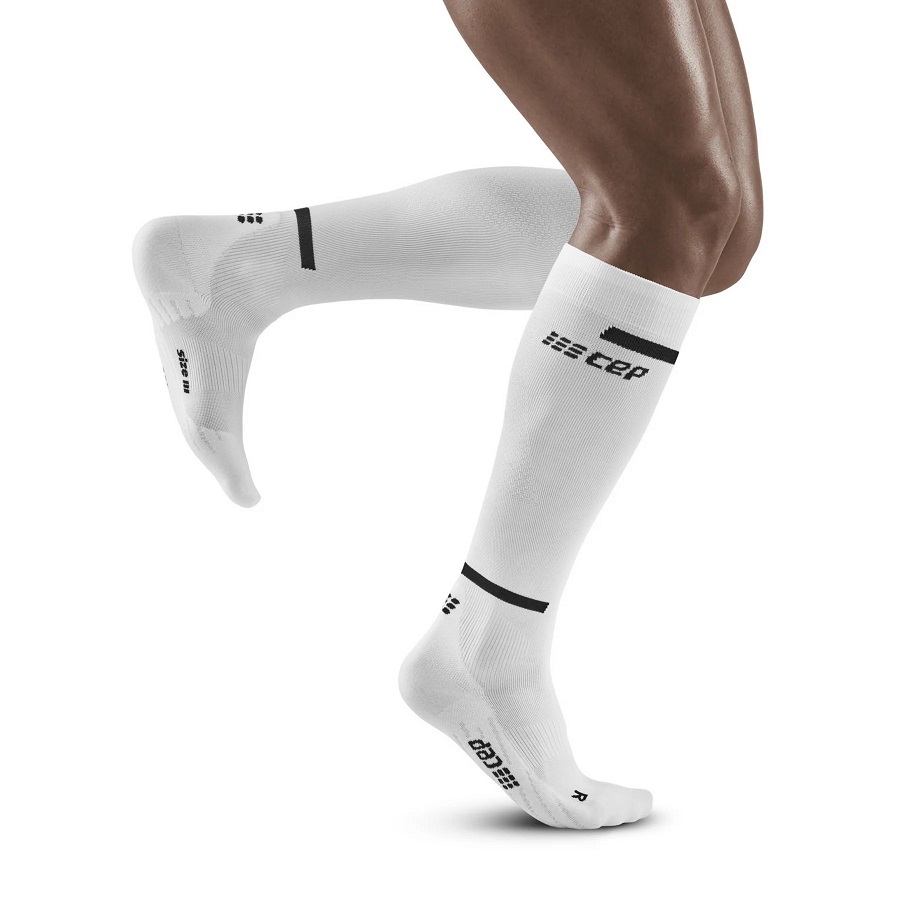
Choosing the Right Compression Socks
Selecting the ideal pair of compression socks is crucial for maximizing their benefits. With a plethora of options in the market, it’s essential to know what to look for. Below are key factors to consider when making your choice.
Factors to Consider: Material, Fit, and Compression Level
When shopping for compression socks, the material, fit, and compression level are pivotal aspects.
Material: Look for breathable and moisture-wicking fabrics. This ensures comfort and dryness, especially during exercise or long wear.
Fit: Proper fit is paramount. Too tight, and you risk cutting off circulation; too loose, and you lose the benefits. Measure your legs to get the right size.
Compression Level: Compression levels vary, often measured in mmHg (millimeters of mercury). Lower compression is suited for everyday wear. Higher levels are for severe circulatory issues. Consult a healthcare professional for advice on the appropriate level.
Remember, the right compression sock should feel snug but not painful. Try different pairs to find your best match. They can help improve circulation before and after various activities if chosen and used correctly.
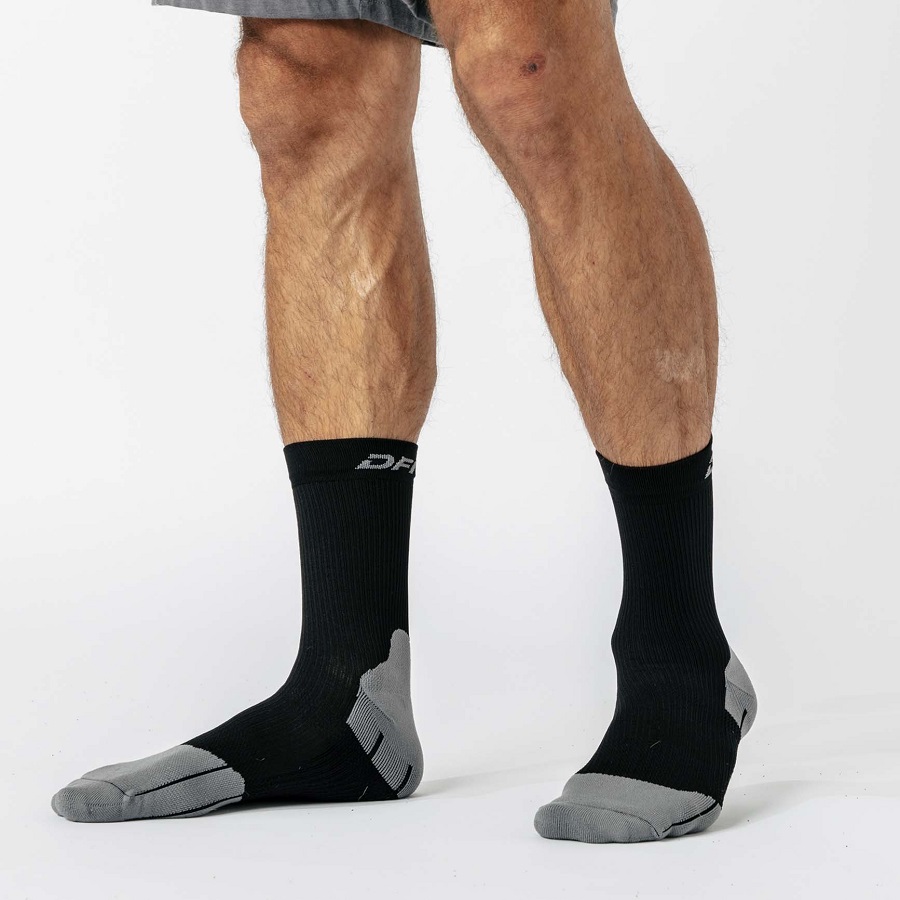
Real User Experiences
Incorporating real user experiences showcases the true potential and impact of compression sock before and after regular usage. These narratives validate the scientific theories and underscore the functional benefits, making it easier for new users to relate and understand.
Case Studies: The Impact on Athletic Performance
Athletes across various sports share similar findings — compression socks boost their performance and expedite recovery. For instance, marathon runners wearing compression sock report less leg soreness and quicker recovery times post-race. Cyclists also find that these socks reduce muscle fatigue during long rides. In these case studies, consistent use of compression socks before and after intense physical activity contributes to improved endurance and better overall results.
Testimonials: Daily Comfort and Health Improvements
Everyday users also report positive changes when wearing compression socks, particularly noting daily comfort and health improvements. Many say their legs feel lighter and more energetic throughout the day. Some report a significant reduction in the swelling of feet after a full day’s work. Additionally, frequent travelers praised compression sock for keeping their legs fresh and free from discomfort during and after long flights or car rides. These testimonials emphasize the socks’ role in enhancing quality of life beyond specific physical activities.


